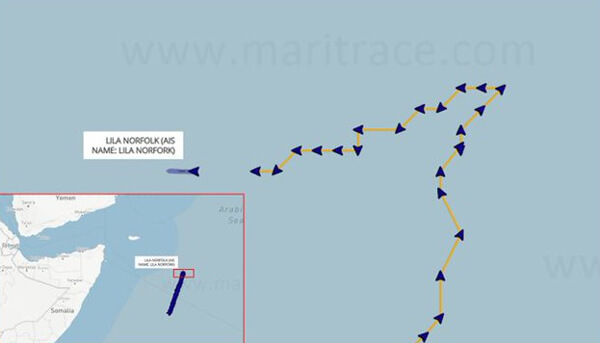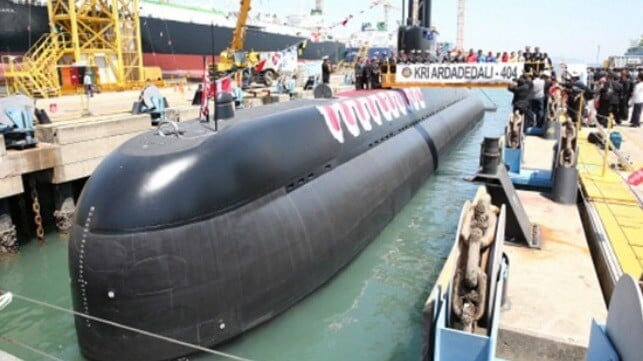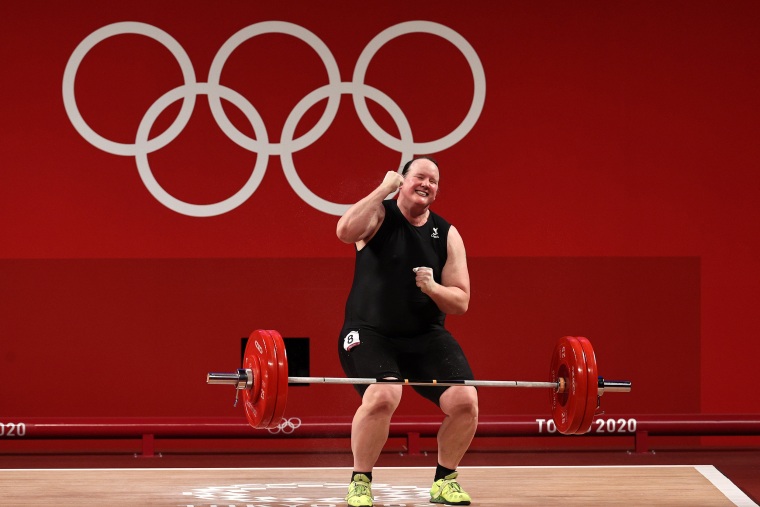Comms Confusion May Have Contributed to Japan Coast Guard Crash

The Japan Coast Guard aircraft that was hit by a landing passenger jet on Tuesday appears to have encountered some confusion over who had the right to use the runway at Tokyo's Haneda Airport, according to Japanese media.
On Tuesday evening, a Japan Coast Guard Dash-8 aircraft was in line for departure, bound for Niigata to deliver aid for victims of Japan's recent earthquake. As it waited near the runway, an Airbus A350 passenger plane - Japan Airlines Flight 516 - came in for a landing.
The passenger jet collided with the Japan Coast Guard aircraft, causing both planes to catch fire. All of the passengers and crew of the larger airliner escaped; five of the six coast guard crewmembers were killed. The pilot of the Dash-8 was the aircraft's sole survivor, and was seriously injured in the crash.
An official with the Japan Coast Guard told NHK that the coast guard aircrew had clearance from the air traffic controller to use the runway. However, Japan's transport ministry said that this was not the case, and that the controller had asked the Coast Guard pilot to stay back from the runway. Japan Airlines told media that Flight 516 had clearance to land.
Investigators have recovered the "black box" flight data recorders from the Dash-8, and these may help shed some light on the moments leading up to the collision. The A350 was badly burned, and the search for its data recorders is still ongoing.











